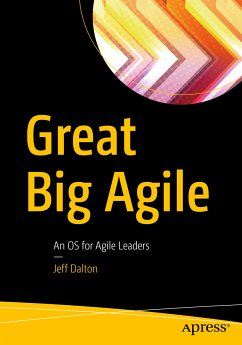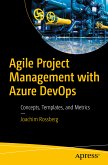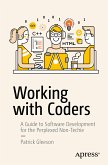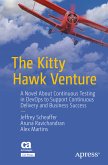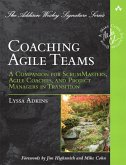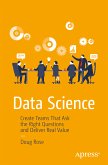As more companies seek the benefits of Agile within and beyond IT, agile leaders need to build and sustain capability while scaling agility-no easy task-and they need to succeed without introducing unnecessary process and overhead. The APH is drawn from lessons learned while observing and assessing hundreds of agile companies and teams.
It is not a process or a hierarchy, but a holarchy, a series of performance circles with embedded and interdependent holons that reflect the behaviors of high-performing agile organizations. The Agile Performance Holarchy provides implementation guidance in the areas of leadership, values, teaming, visioning, governing, building, supporting, and engaging within an all-agile organization.
What You'll Learn:
- Model the behaviors of a high-performance agile organization
- Benefit from lessons learned by other organizations that have succeeded with Big Agile
- Assess your level of agility with the Agile Performance Holarchy
- Apply the APH model to your business
- Understand the APH performance circles, holons, objectives, and actions
- Obtain certification for your company, organization, or agency
Dieser Download kann aus rechtlichen Gründen nur mit Rechnungsadresse in A, B, BG, CY, CZ, D, DK, EW, E, FIN, F, GR, HR, H, IRL, I, LT, L, LR, M, NL, PL, P, R, S, SLO, SK ausgeliefert werden.

